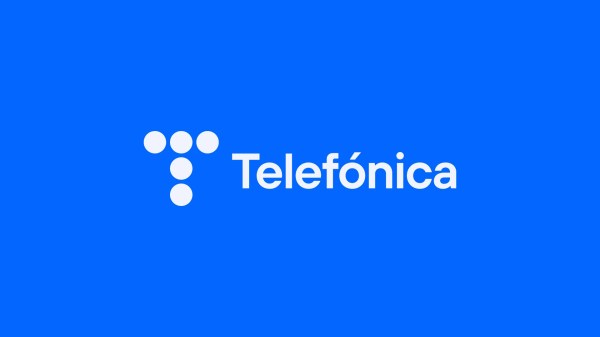A real measurement study shows more energy efficiency
In the context of Telefónica’s commitment to the deployment of a green 5G network, the company has presented the results of a real measurement study on its 5G networks, which show that this technology is up to 90% more efficient than 4G in terms of energy consumption per unit of traffic (W/Mbps).
The efficiency verified by Telefónica is based on the way the operator itself deploys the networks, a differential in the industry, and on the use of 100% renewable electricity.

Telefónica is working on the design of a 5G network including energy efficiency criteria from the outset. Moreover, the new deployments will take place in tandem with a gradual shutdown of the old second and third-generation networks. Thus, Spain will have replaced 100% of the copper network with fibre by 2025, when the 3G network will also be switched off. In parallel, and in order to manage the equipment that is withdrawn from use, the circular economy criteria of reusing and recycling as many materials as possible are also applied.
Telefónica has switched on 5G in its three European markets and in Brazil
The study has been carried out in the last few months and is based on the 5G NSA pilot access networks deployed in Brazil (São Paulo and Rio) and Spain (Segovia), and on the 5G NSA sites already installed in Germany (Berlin and Munich). A team of experts has measured the 5G energy consumption using equipment from the industry’s leading providers in various network traffic and configuration scenarios.
According to the data obtained, the maximum power required when implementing a 5G NSA node is higher than that used by 4G because it uses new Massive MIMO antennas. However, its data transmission capacity has been multiplied by 20 times. In addition, the activation of new Power Savings Features (PSF) for 5G has demonstrated potential savings of between 20% and 30% in consumption during low traffic hours.
We reduced energy consumption last year by 1%, compared to 2015, even though data traffic has multiplied by three in these years

The telecommunications industry consumes about 2% of the world’s energy and with data traffic levels on the increase, doubling every two years, it is vital that new technologies become more efficient. Each new generation of mobile phones has brought an improvement in energy efficiency and with 5G it will grow significantly due to their high spectrum efficiency and new software features to reduce energy consumption.
Telefónica has switched on 5G in its three European markets and in Brazil. It launched 5G in O2 (UK) in October 2019, and this has been followed in 2020 by Vivo (Brazil) in July, Movistar (Spain) in September and O2 (Germany) in October.







